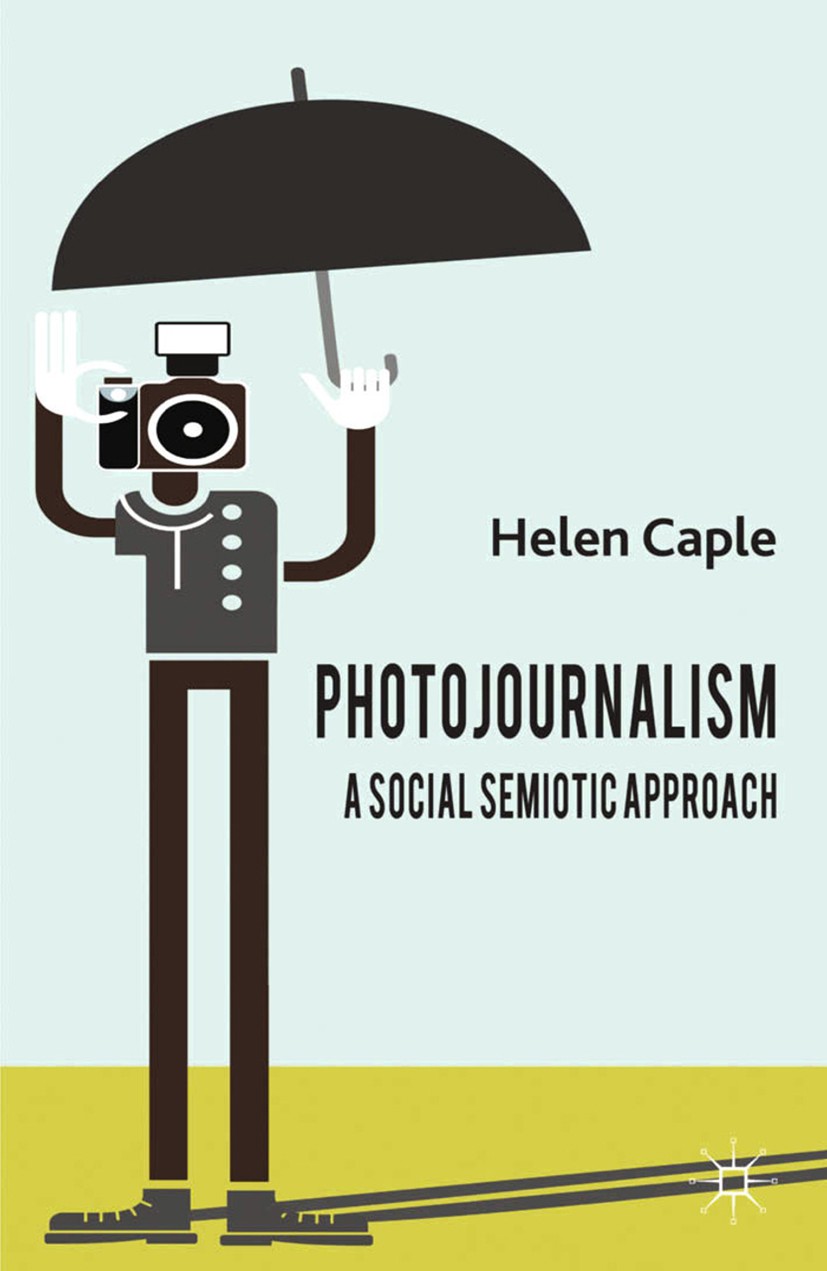| 书目名称 | Photojournalism: A Social Semiotic Approach |
| 编辑 | Helen Caple |
| 视频video | http://file.papertrans.cn/747/746542/746542.mp4 |
| 图书封面 |  |
| 描述 | This book explores the role of photographs in newspapers and online news, analyzing how meanings are made in images and exploring text-image relations, illustrated with authentic news stories from both print and online news outlets. |
| 出版日期 | Book 2013 |
| 关键词 | Photojournalism; media; text; image; news; discourse; journalism; Online; discourse analysis |
| 版次 | 1 |
| doi | https://doi.org/10.1057/9781137314901 |
| isbn_softcover | 978-1-349-33666-1 |
| isbn_ebook | 978-1-137-31490-1 |
| copyright | Palgrave Macmillan, a division of Macmillan Publishers Limited 2013 |
 |Archiver|手机版|小黑屋|
派博传思国际
( 京公网安备110108008328)
GMT+8, 2025-12-15 00:57
|Archiver|手机版|小黑屋|
派博传思国际
( 京公网安备110108008328)
GMT+8, 2025-12-15 00:57


